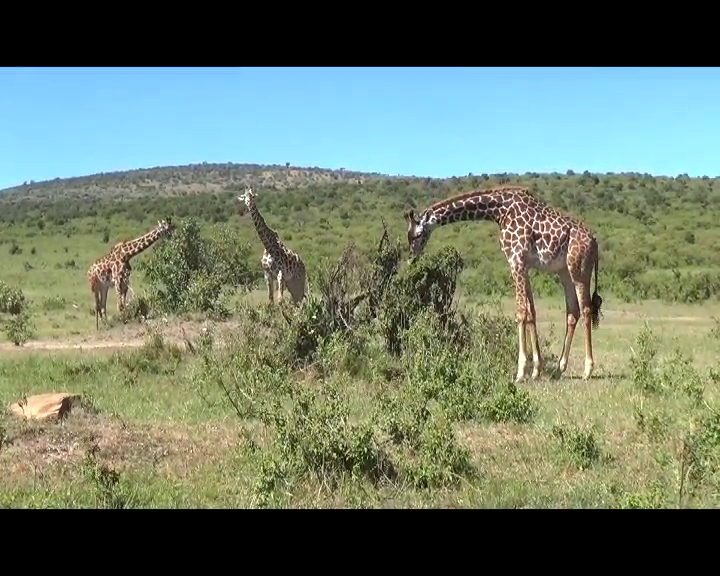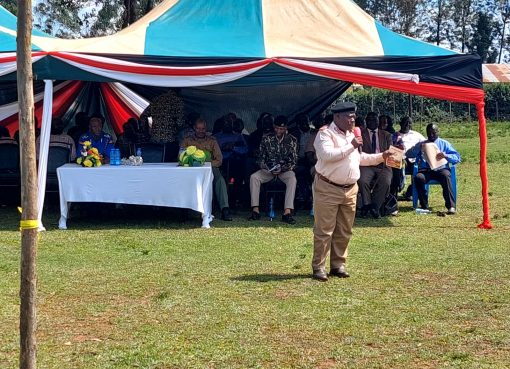There has been an increase of most species at the Maasai Mara National Reserve (MMNR) according to a census report undertaken in May 2021 by the Kenya Wildlife Service (KWS) and other conservation partners.
Speaking during the unveiling of the report at a Narok hotel, the Wildlife Research and Training Institute head of Research David Ndeereh said the census was carried on large mammals namely: elephants, buffaloes, giraffes, impala, Thomson gazelle, Topi, Grants gazelle, elephants, giraffe and eland.
Ndeereh said the research covered 12, 500 kilometer squares and five aircrafts were used during the census that lasted for six days with a total count time of 79 hours 51 minutes.
He explained that the objectives of the census were to document the abundance and distribution of all large mammals, understand the trend in wildlife numbers at the Maasai Mara National Reserve, map human activities and provide baseline wildlife data for the National wildlife census.
Other objectives included documentation of the distribution of the numbers of livestock and interpreting the information obtained to guide management of wildlife in the ecosystem.
Despite the increasing number of wildlife, he said, charcoal burning and tree felling continue to destroy wildlife habitat and important catchment areas at the Maasai Mara Ecosystem.
He noted that over 70 percent of the mammals were found at the conservancies, saying fencing and other human activities interfere with the free range of the animals.
Jackson Ole Mpario, the chairman of the Maasai Mara National Reserve Conservancies said the report is of great importance to the conservancies as they are the primary consumers of the information.
“One of the most emerging threats in the Maasai Mara Ecosystem affecting all the wildlife species is the shrinking habitat connectivity because of the land subdivisions and fencing,” he said.
The whole idea of a conservancy, he added, is to create a free space for wildlife movement without interference, because rainfall, water points and grazing fields are not evenly distributed.
“The future could be hard because the human population is increasing as well as the animal population while land and water points are decreasing. This means there will be intense compensation of resources. The critical solution to this is promoting more conservancies,” he said.
The report recommended that human activities that negatively impact wildlife such as erection of fences and permanent settlement on wild animal corridors need to be controlled.
“Key habitats and foraging areas outside the national reserve and existing conservancies need to be conserved through establishment of new conservancies,” he added.
The report also recommended the government to secure and maintain key habitat linkages and migratory pathways connecting Mara and Nyakwer forest, Mara- Siana- Naikarra- Naroosura and Mosiro corridors.
By Ann Salaton





